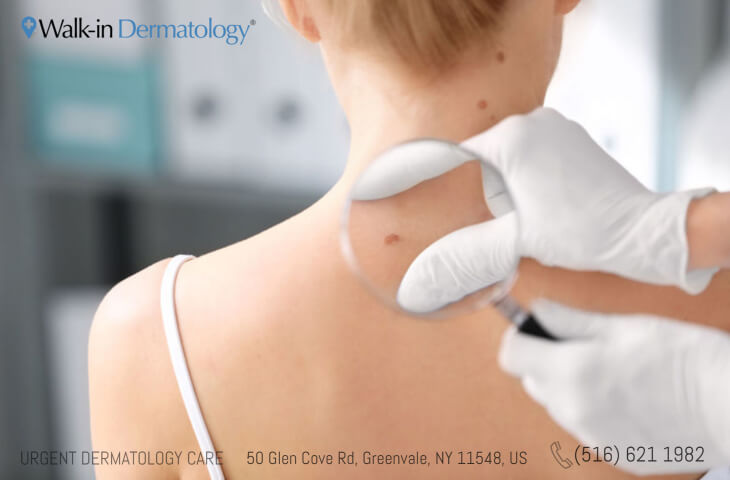Navigating Skin Cancer Treatment: The Vital Function of Mohs in Modern Dermatology Practices
Skin cancer, a daunting diagnosis, usually leaves clients grappling with countless treatment choices. As we check out the complexities of this treatment, one will certainly appreciate its critical duty in skin cancer treatment.
Comprehending Skin Cancer Cells: Kinds and Risks
There are three primary types of skin cancer cells: Basic cell cancer, Squamous cell cancer, and Cancer malignancy. It accounts for just regarding 1% of skin cancer cells instances yet causes the vast majority of skin cancer deaths. Risk elements include reasonable skin, background of sunburn, extreme sun exposure, living at high altitudes or shut to the equator, having several moles, a family members background of skin cancer cells, and deteriorated immune system.
What Is Mohs Surgical procedure and Just How It's Revolutionizing Skin Cancer Cells Therapy
Regardless of the numerous treatments currently offered for skin cancer, Mohs surgical treatment stands out as a groundbreaking and very reliable solution. Named after Frederic E. Mohs, the physician who established the procedure, Mohs surgical treatment is an exact medical method made use of to deal with skin cancer cells. This degree of accuracy, integrated with the capability to save as much healthy and balanced tissue as possible, is transforming skin cancer treatment.
The Advantages of Mohs Surgery Over Conventional Skin Cancer Treatments
Building on the ingenious nature of Mohs surgical procedure, it's crucial to consider its numerous advantages over typical skin cancer treatments. Unlike basic treatments, Mohs offers a higher cure rate, commonly getting to 99% for first-time therapies and 94% for persistent cancers cells. Additionally, it reduces damages to healthy and balanced skin, leading to much less scarring and boosted aesthetic results.
The Procedure of Mohs Surgical Treatment: What to Expect Throughout the Refine

Prospective Adverse Effects and Post-Operative Treatment of Mohs Surgical Treatment
Undergoing Mohs surgical treatment, like any other medical procedure, includes potential adverse effects that patients ought to recognize. Usual side effects consist of discomfort, wounding, and swelling at the surgery website. These are typically short-lived and manageable with over the counter discomfort medication and ice packs. In unusual instances, patients her comment is here may experience infection, blood loss, or an allergy to the neighborhood anesthetic. Post-operative care is important to recovery and minimizing side effects. This normally entails keeping the wound clean and dry, taking proposed medicines, and staying clear of strenuous activities. Clients must likewise participate in all follow-up consultations for injury treatment and surveillance. Sometimes, added therapies may be essential to make certain full elimination of the malignant cells. Complying with these post-operative care guidelines can significantly enhance recovery and outcomes.
Conclusion
